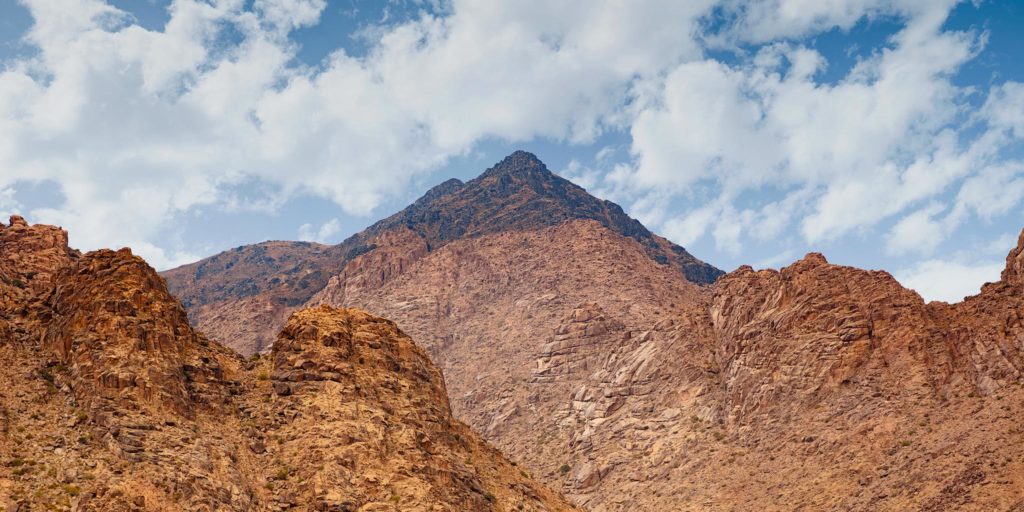
Introduction
Mount Sinai, also known as Jebel Musa, holds significant historical and religious importance, particularly in Judeo-Christian traditions. Believed to be the mountain where Moses received the Ten Commandments, it stands as a symbol of divine revelation and law. The reverence associated with Mount Sinai extends beyond its geographical significance; it embodies the spiritual journey and moral framework for millions of believers around the world.
Geographical Context
Located in the Sinai Peninsula of Egypt, Mount Sinai rises approximately 2,285 meters above sea level. The area around the mountain is characterized by dramatic landscapes, including rugged mountains and deep valleys. The site attracts numerous pilgrims and tourists each year, who seek to connect with its rich biblical heritage and dramatic vistas.
Historical Significance
The historical narratives surrounding Mount Sinai date back over 3,000 years. According to the Book of Exodus, it was here that Moses encountered God in the form of a burning bush and later ascended to receive the Divine Law. This event is regarded as a cornerstone of Jewish faith and morality and is pivotal in Christian and Islamic traditions as well. Various archaeological explorations in the area have sought to uncover the historical dynamics of the region, contributing to the understanding of early monotheistic beliefs.
Modern Relevance
In recent years, Mount Sinai has seen a growing interest among both pilgrims and scholars. Modern-day explorers often visit to experience not just its spiritual allure but also its natural beauty. The mountain, along with its surrounding monasteries, particularly St. Catherine’s Monastery, a UNESCO World Heritage site, continues to play a crucial role in religious tourism.
Community and Environmental Impact
With the burgeoning number of visitors, local communities have benefited through increased tourism-related employment. However, this must be balanced with the need for environmental conservation. Efforts are underway to ensure that the natural landscape of Mount Sinai is preserved while fostering responsible tourism practices that will safeguard its ecological integrity for future generations.
Conclusion
Mount Sinai’s significance transcends its physical presence; it represents a historical linchpin that continues to impact religious beliefs and practices today. As interest in this ancient site remains strong, it serves as a reminder of humanity’s shared spiritual heritage. Looking forward, the relationship between local communities and visitors will be pivotal in ensuring that this revered mountain continues to inspire and educate generations to come.

